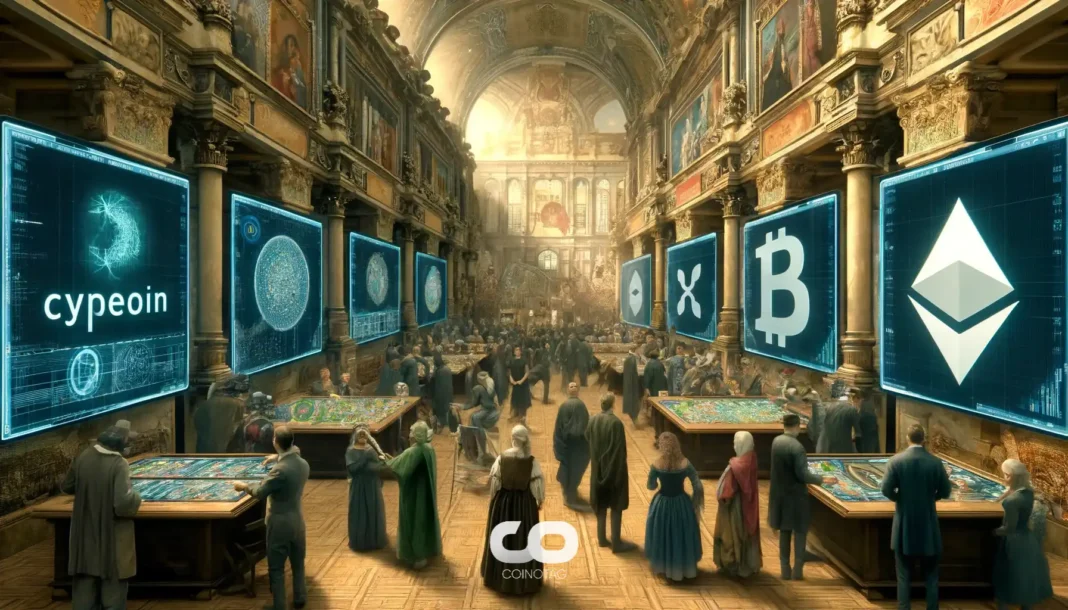-
The XRP Ledger faced a temporary transaction halt of approximately 64 minutes on Tuesday, reigniting discussions about the network’s resilience and consensus mechanisms.
-
Critics of the XRP Ledger expressed concerns that the interruption highlights a potential centralization issue among validators, posing risks to the network’s integrity.
-
CTO of Eminence, Daniel Keller, noted that the halt was a safety feature, stating, “There are tradeoffs with every solution. Pausing until a solution is found is one of them.”
The XRP Ledger experienced a brief outage leading to debates over network security and the balance between decentralization and consensus efficiency.
XRP Ledger’s 64-Minute Outage: Implications for Network Security
The recent 64-minute transaction outage in the XRP Ledger has raised critical questions regarding the platform’s robust yet controversial consensus mechanism. While some view this halt as a necessary protective measure, others argue that it underscores inherent vulnerabilities within a system that relies on a limited number of trusted validators. Critics suggest that the incident illustrates a significant centralization risk, as fewer than 50 validators are on the Unique Node List (UNL), and any misalignment among them can lead to significant disruptions.
Understanding the Consensus Mechanism and Validators’ Role
The XRP Ledger operates on a consensus protocol where, if more than 20% of its UNL validators disagree, the network halts to prevent issues such as double-spending. This self-preserving mechanism is designed to ensure the ledger’s integrity during critical failures. Ripple CTO David Schwartz has previously explained that these interruptions, while not ideal, serve a vital purpose: “It’s like if you invented a technology that would make it less likely for a nuclear reactor to melt down.” Schwartz emphasizes that blockchains, including the XRP Ledger, have failure modes that necessitate ongoing innovation to mitigate risk.
Historical Context: Outages and Resilience of Blockchain Networks
The XRP Ledger is not alone in facing outages; other blockchain networks have also encountered temporary halts. Historical examples include Bitcoin’s downtime due to the value overflow incident in 2010 and Ethereum’s freeze following the DAO hack in 2016. These incidents highlight a trend within blockchain industry where resilience is tested under unexpected circumstances. The XRP Ledger’s previous node crash in November 2024, lasting 10 minutes, also serves as a reminder of the challenges faced when achieving consensus in decentralized systems.
Community Reaction and Future Projections
The recent outage has elicited mixed reactions from the crypto community. Some users expressed concern over the network’s reliability, emphasizing the need for a broader validator base to ensure sustained performance. In contrast, proponents argue that the XRP Ledger’s mechanisms are sound and necessary to maintain trust in the system. As the dust settles from the outage, attention will likely turn to how Ripple and the broader XRPL community respond to enhance network resilience.
Conclusion
In conclusion, the XRP Ledger’s recent interruption has reignited discussions on network security, centralization risks, and the importance of a diverse validator ecosystem. While the halt served as a critical fail-safe mechanism, it also presents an opportunity for stakeholders to reflect and innovate better solutions to further strengthen decentralization. As the cryptocurrency landscape continues to evolve, the XRP Ledger must adapt and respond to safeguard both its network and its user trust.







